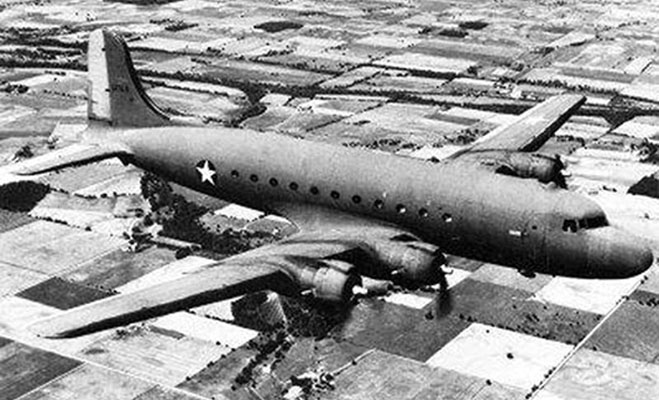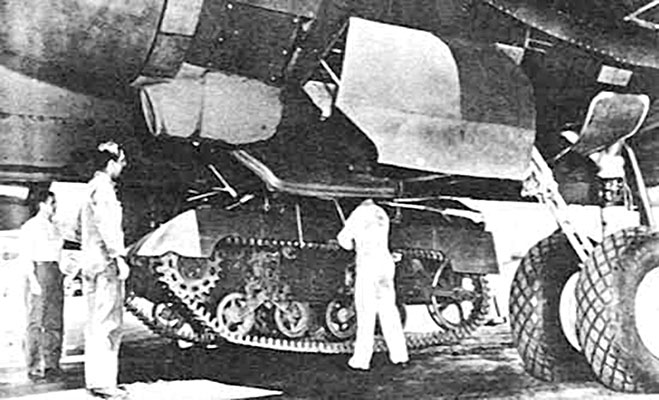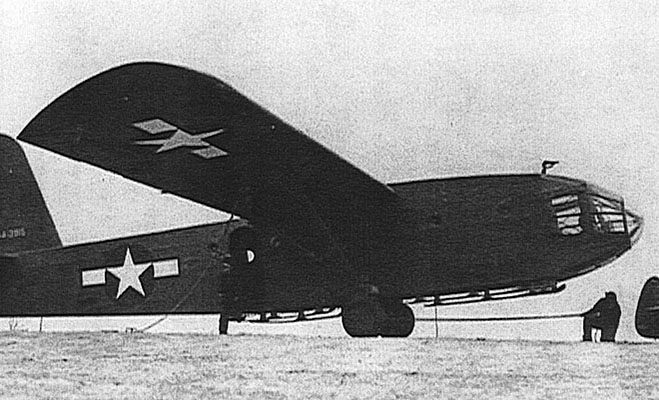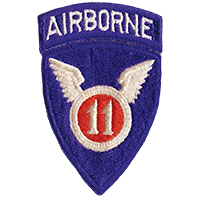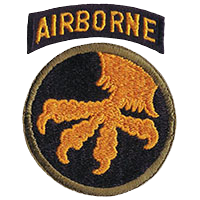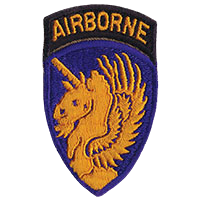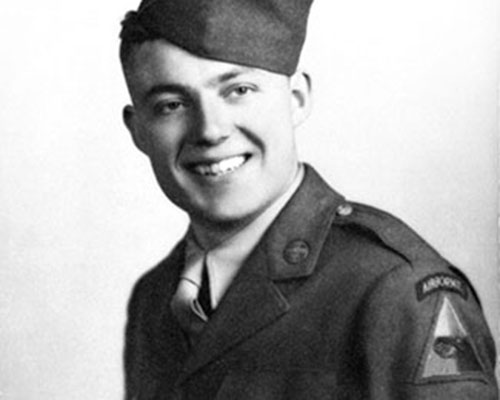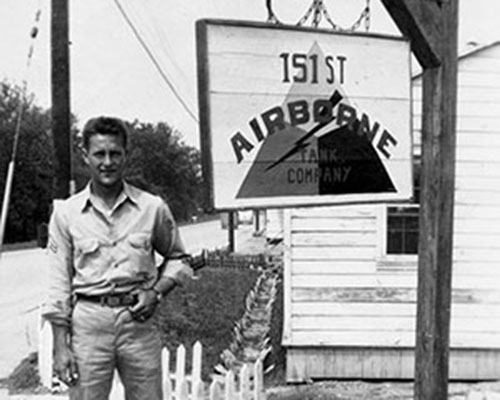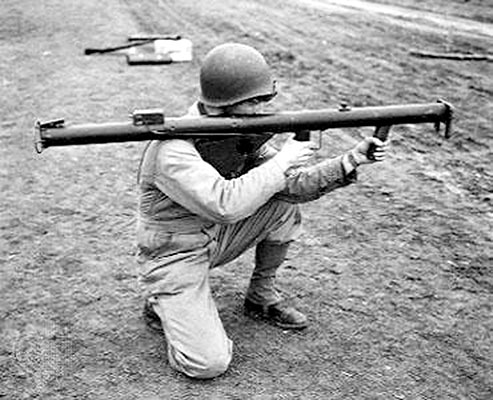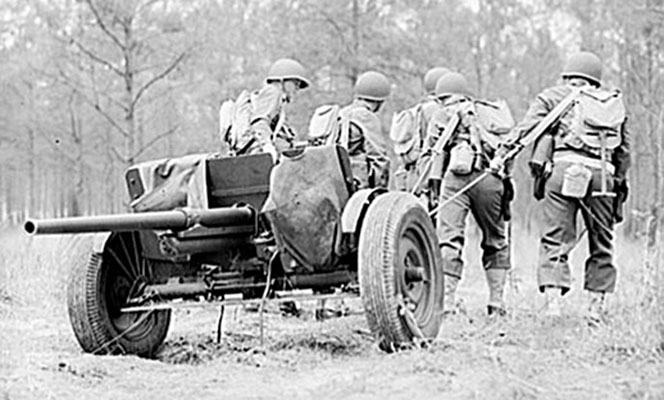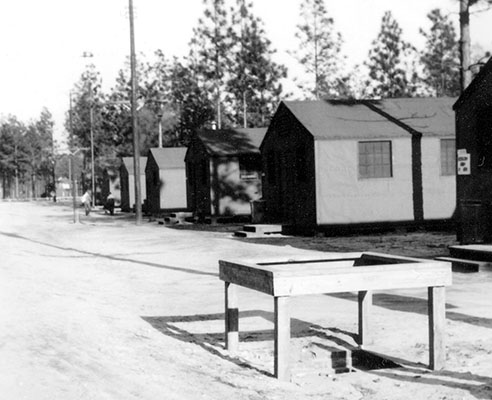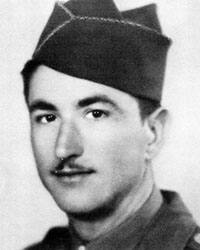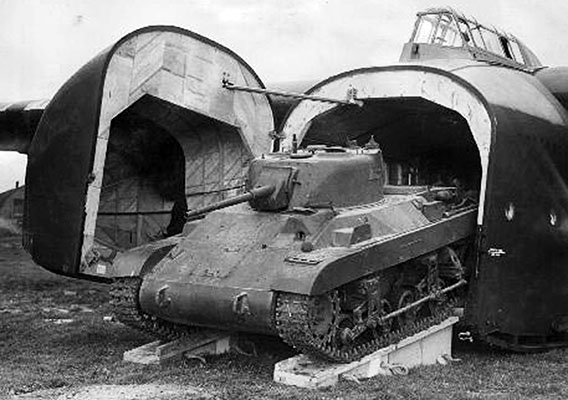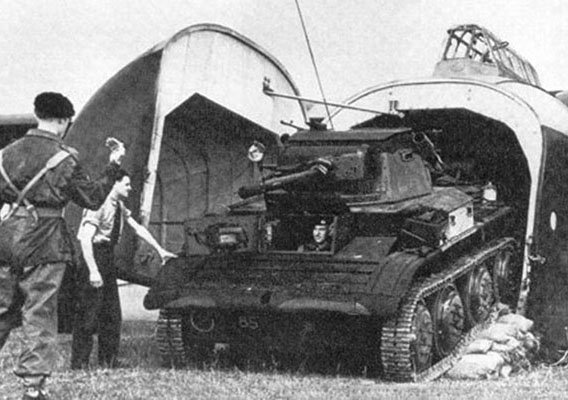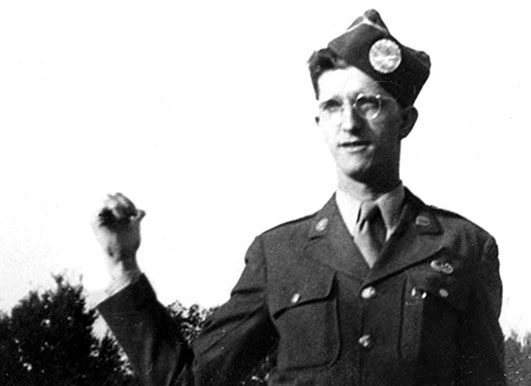DOWNLOAD
Camp Mackall, North Carolina, now a training center for Army Special Operations Forces, was the headquarters of the U.S. Army Airborne Command during World War II. Several airborne divisions trained there, notably the 11th, 13th, and 17th Airborne. Airborne forces were still in their infancy in World War II, and the United States did all that it could to increase their potency. The Army established the Airborne Test Board at Camp Mackall to evaluate airborne tactics, techniques, and equipment. Sometimes these experiments were unusual. The acquisition of a veteran’s photographs revealed a nearly forgotten experiment at Camp Mackall: the 151st Airborne Tank Company.
Formed at Fort Knox, Kentucky, in May 1943, the 151st Airborne Tank Company was to provide airborne forces with an organic armor capability.1 The unit was not meant to engage enemy tanks, but instead was an attempt to give airborne units at least a semblance of being able to fight off enemy probes with something other than light anti-tank weapons. The M22 tanks of the 151st were to be delivered to the field via gliders or belly-slung under a C-54 cargo aircraft.2 Neither method proved practical. The largest glider in U.S. Army service, the CG-13, was not large enough to accommodate the M22. The tank was eventually abandoned for consideration in combat operations by the U.S. Army.

